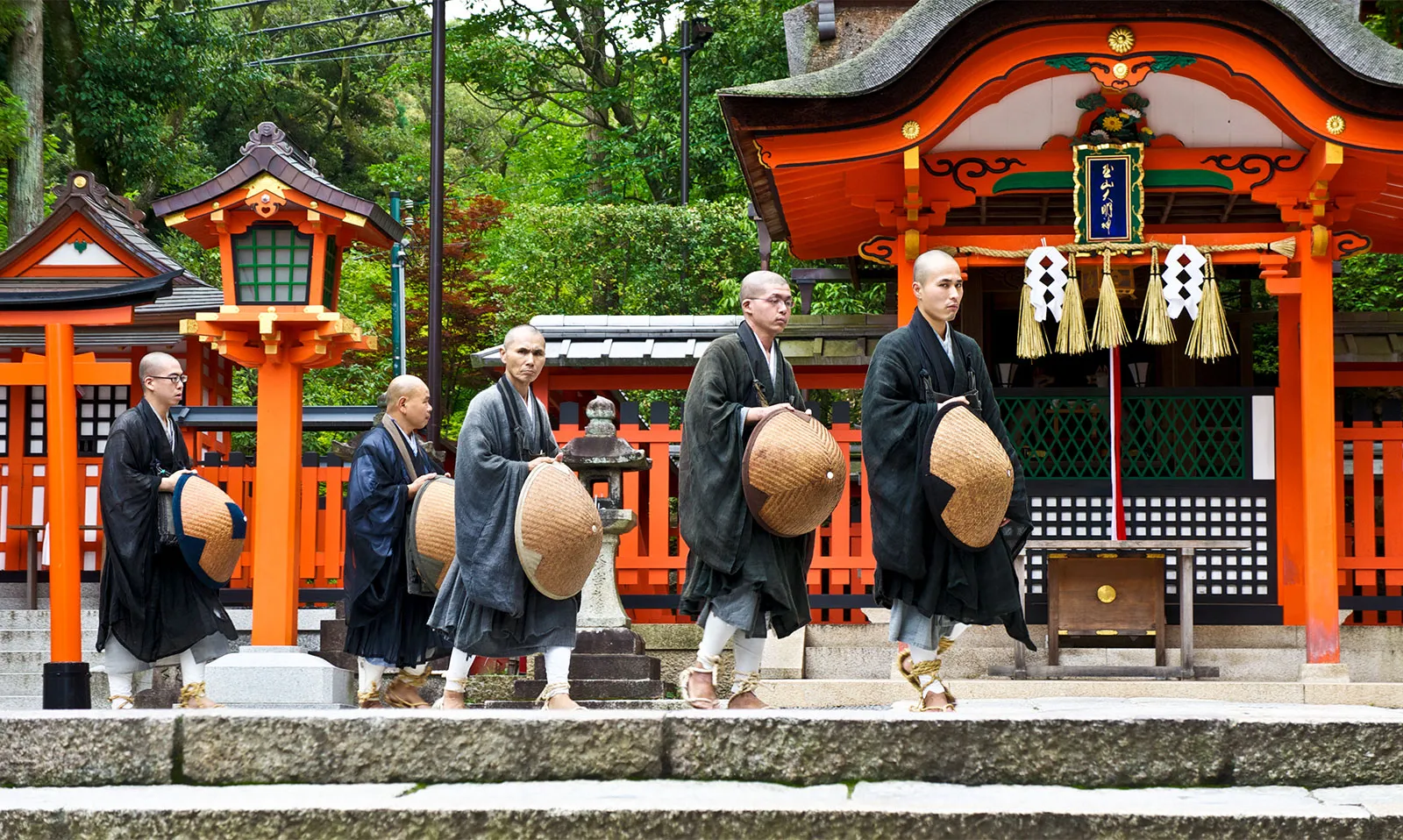The Role of Shintoism in Modern Japanese Society
- By -Maria Mash
- Posted on
- Posted in Culture
Shintoism, or “the way of the gods,” is Japan’s indigenous religion and plays a fundamental role in shaping Japanese culture and identity. Unlike many religions, Shintoism does not have a single founder, sacred text, or strict dogma. Instead, it is a collection of spiritual practices, rituals, and beliefs centered around the worship of “kami”—sacred spirits associated with natural elements, ancestors, and deities. As one of Japan’s oldest religions, Shintoism is deeply intertwined with Japanese history, influencing art, culture, and social customs. In modern society, Shintoism continues to be a vital part of everyday life, fostering a connection between the past and present.

Shinto Shrines: Centers of Community and Tradition
Shinto shrines, or “jinja,” are scattered throughout Japan, ranging from small roadside shrines to grand structures like Meiji Shrine in Tokyo. These shrines serve as spiritual centers where people can connect with kami, seek blessings, and participate in various rituals. In modern society, shrines continue to play a vital role in community life, serving as venues for local festivals (“matsuri”), weddings, and other important ceremonies. These events provide a sense of continuity and cultural identity, reinforcing the community’s bond with traditional values and customs. Even for those who do not practice Shintoism regularly, visiting a shrine for New Year’s blessings (“hatsumode”) or to celebrate a child’s growth milestone is a common tradition.
The Integration of Shinto Beliefs in Daily Life
Shinto beliefs are seamlessly integrated into the daily lives of many Japanese people, often without formal religious observance. Practices such as purification rituals, respect for nature, and the concept of harmony (“wa”) are deeply embedded in Japanese culture. Simple acts, like cleaning one’s home or workplace, reflect the Shinto belief in purification and the removal of impurities. Moreover, Shintoism’s emphasis on living harmoniously with nature influences Japanese environmental practices, fostering a cultural respect for natural beauty and balance. This integration of Shinto values into everyday actions demonstrates how the religion continues to shape modern Japanese thought and behavior.
Shintoism and Modern Challenges
While Shintoism remains culturally significant, it faces challenges in modern society. Urbanization, globalization, and the decline of rural communities have led to a decrease in traditional shrine visits and religious practices. Many smaller, local shrines struggle to maintain their grounds and sustain their traditions. However, there is a growing movement to preserve Shintoism by adapting it to contemporary contexts. Some shrines have embraced digital technology to engage with younger generations, offering online services, virtual shrine tours, and social media updates. These adaptations reflect the flexibility of Shintoism in evolving to meet the needs of a changing society.
Shintoism’s Role in National and Cultural Identity
Shintoism plays a significant role in defining Japan’s national and cultural identity. The religion’s emphasis on purity, nature, and ancestral reverence aligns with key elements of Japanese culture. National symbols like the Imperial Family are closely connected to Shintoism, reinforcing its relevance in the cultural narrative. Public holidays such as “Shichi-Go-San” (a celebration for children’s growth), “Coming of Age Day,” and “Culture Day” are often observed with rituals rooted in Shinto traditions. Even major political events, like the enthronement of a new emperor, include Shinto ceremonies, demonstrating its enduring influence on national identity and governance.
The Interplay Between Shintoism and Other Religions
Japan is known for its religious syncretism, where elements of different religions coexist harmoniously. Shintoism and Buddhism, in particular, have coexisted and influenced each other for centuries. While Buddhism addresses concerns about the afterlife and philosophical teachings, Shintoism focuses on life, nature, and community rituals. This complementary relationship allows many Japanese people to practice both religions fluidly, participating in Shinto rituals for life events like births and weddings and Buddhist practices for funerals and memorials. The interplay between Shintoism and other religions reflects the inclusive nature of Japanese spirituality and its adaptability to various beliefs.
Shinto Festivals: Preserving Cultural Heritage
Shinto festivals, or “matsuri,” are vibrant celebrations that showcase the religion’s cultural heritage and community spirit. Festivals like “Gion Matsuri” in Kyoto, “Kanda Matsuri” in Tokyo, and “Awa Odori” in Tokushima draw millions of visitors each year. These festivals often involve traditional music, dance, processions, and rituals that honor kami and seek their blessings for prosperity and protection. In modern Japan, these festivals continue to be vital cultural events that bring communities together, promote local pride, and preserve traditional customs. The enduring popularity of matsuri demonstrates the importance of Shintoism in maintaining cultural continuity in a rapidly changing world.
Conclusion
Shintoism remains a cornerstone of Japanese culture, influencing modern society through its spiritual, cultural, and social dimensions. While it faces challenges from modernization and globalization, Shintoism’s ability to adapt and integrate with contemporary life ensures its continued relevance. By fostering a deep connection to nature, community, and tradition, Shintoism enriches the spiritual and cultural fabric of Japan, providing a meaningful link between the past and present. As Japan moves forward, Shintoism will likely continue to evolve, finding new ways to engage with society while preserving its timeless values and rituals.



